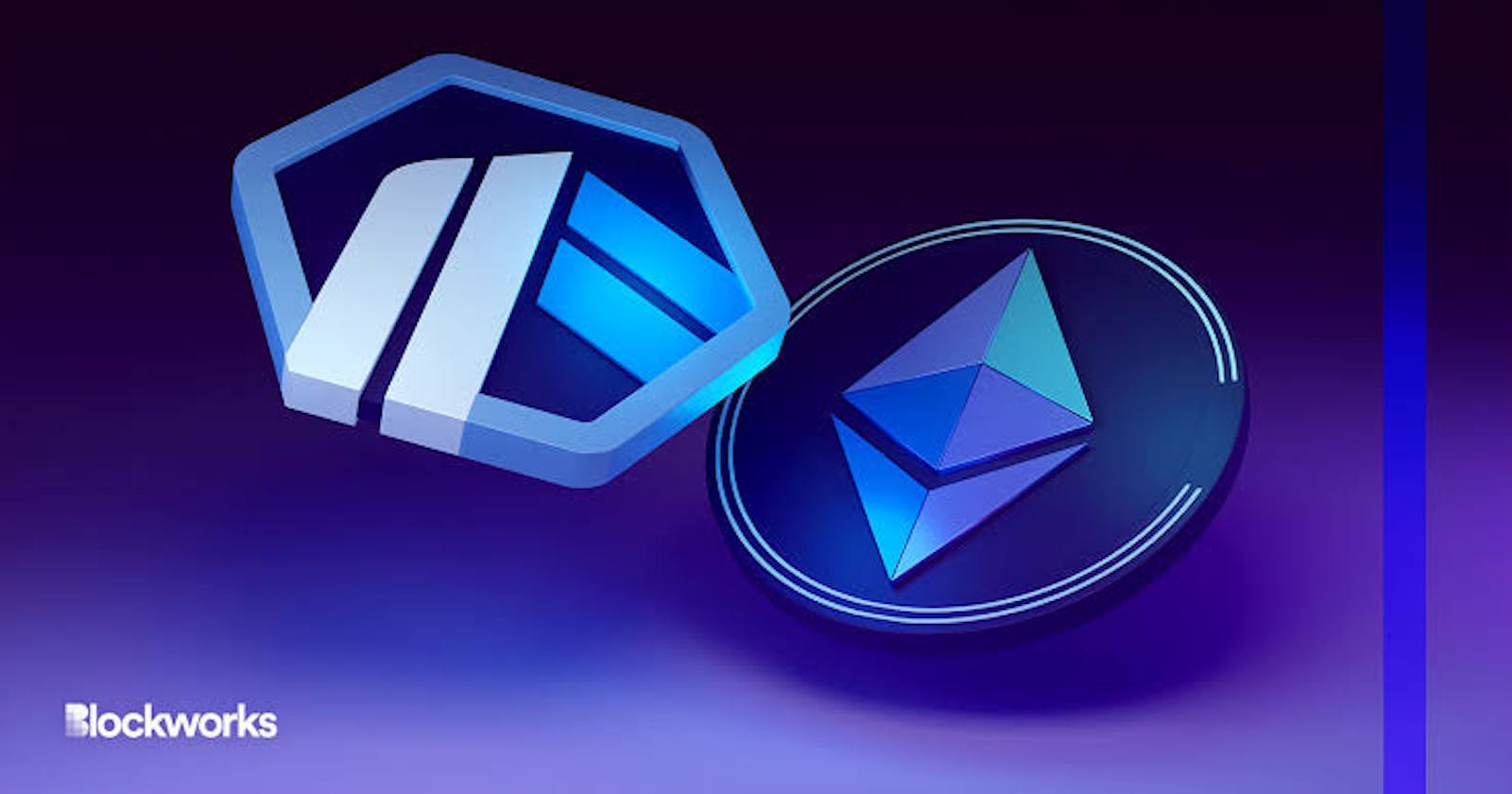What’s arbitrum sequencer?
Arbitrum sequencer is a critical component of the Arbitrum protocol that makes up the rollup. Its primary responsibility is to order incoming transactions on a first-come, first-served basis. Offchain Labs now operates the sequencer as a centralised component, but has said that it intends to move to a committee-based sequencer utilising a fair distributed sequencing methodology in the future. It is vital to remember that the sequencer has no authority to stop the chain from progressing or to prevent any individual transaction from being completed.
The sequencer provides transaction ordering through two mechanisms. The first is a real-time feed of sequenced transactions that may be subscribed to by any party. This feed represents the sequencer's promise to record transactions in a particular order. Any variation from the expected sequence would be due to a sequencer fault, malevolent intent, or a thorough reconfiguration of the base layer chain. The second approach entails posting the transaction sequence as Ethereum call data.The sequencer collects consecutive transactions, compresses them using a general-purpose compression technique, and transmits the output to the Nitro network's inbox contract on the base layer .These batches indicate the final transaction ordering; once the sequencer's transaction to the inbox reaches base layer finality, the Nitro network's transaction sequence is also considered final.
Current Drawbacks
Latency races
Centralized Sequence
Latency
The Arbitrum team initially proposed a novel proof of Work mechanism called add relay connection nonce, which would have required searchers to expend resources hashing nonces with Keccack 256. Clients with the shortest nonce will have their transactions broadcasted first. This strategy was met with strong opposition from searchers and community members, and it was never adopted.The strategy was contentious since it would have increased searchers' operating costs by $10,000s per day, which would have been spent on GPUs and electricity for mining low nonces. Since then, the team has shifted its focus to the previously mentioned "time boost" concept.
- Centralized sequencer
A centralised sequencer is one in which all blocks for the rollup are proposed by a single organisation. The sequencer can have several physical (or virtual) nodes, but they are all managed by a single entity; this is how Arbitrum, Base, Optimism, and zkSync work today. Rollup users have grown accustomed to accepting soft commitments provided by centralised sequencers, ignoring crypto's "Don't Trust, Verify" mantra.
Although centralised sequencers provide end users with rapid and efficient soft confirmations, it is possible that the sequencer will send an invalid commitment due to a defect or malicious behaviour. If a sequencer is determined to have made an invalid promise to a user, they should be terminated. However, proving or challenge procedures are currently controlled by the same entity that controls the sequencer, if they exist at all, and an outside party cannot question the sequencer's commitments.

